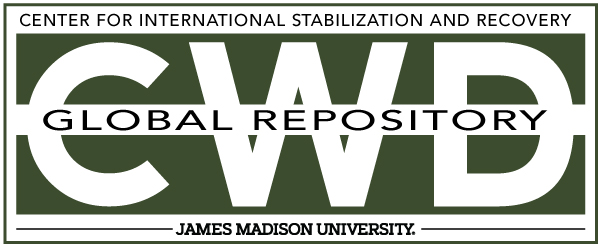Document Type
Article
Creative Commons License

This work is licensed under a Creative Commons Attribution-Noncommercial-No Derivative Works 4.0 License.
Publication Date
9-2014
Keywords
ERW Clearance, Anti-Vehicle Mines, Landmines, Cambodia, GICHD, Southeast Asia, ERW, UXO, anti-vehicle, SIPRI
Abstract
Anti-vehicle mines (AVMs) have always had a humanitarian impact, but their significance has often been overshadowed by the higher-profile topic of anti-personnel mines (APMs), and thus the need to address AVMs has been neglected. In some countries, AVMs now present a greater threat to civilian populations than APMs, yet they are often viewed as a marginal issue in international fora. This publication seeks to depict the physical, social, economic and developmental impact of AVMs. AVMs are landmines designed to be triggered by vehicles rather than individual people. They can remain active for decades, and a number of them are difficult to detect with normal demining equipment and techniques. A reduction of the duration of the active life of AVMs, restrictions on the laying of AVMs outside perimeter marked areas, increased detectability and accurate recordkeeping should be promoted as immediate steps to limit the humanitarian and developmental impact of these weapons.
Included in
Defense and Security Studies Commons, Peace and Conflict Studies Commons, Public Policy Commons, Social Policy Commons



